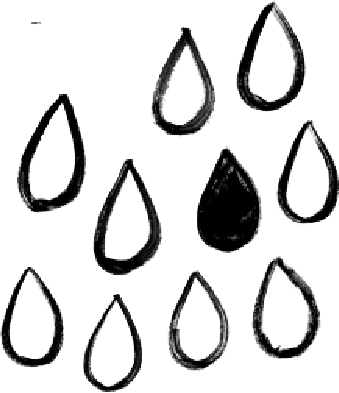Process
Technology that empowers nature
The controlled environment difference: high-tech indoor farms, designed to grow produce using sunshine, rainwater and up to 90% less water while producing yields up to 30 times that of traditional agriculture on the same amount of land without agricultural runoff.
How we work

Water Use: Rainwater in a Closed-Loop System
Nearly every drop of rainwater that enters the facility through our retention pond leaves as a tomato. AppHarvest’s closed-loop irrigation system filters water using sand and UV light and results in up to 90% less water use compared to traditional agriculture.

Hybrid Lighting: Sunlight and Supplemental Lighting
Our growing team develops lighting recipes to boost harvests, maximizing the effectiveness of sunlight, efficient LEDs and high-pressure sodium grow lights for increased, sustainable crop growth year-round.

Fresh Harvesting: AI and Robotics
Farming AI and automation support experienced growers and crop care specialists, helping to ensure tomatoes are picked fresh, that plants stay healthy and that environment is optimized for quality production.
Precision Growing
Our sophisticated systems use 300 strategically placed sensors to gauge microclimates and calculate the precise levels of light, water, humidity and CO2 that each plant needs to thrive, ensuring each tomato plant receives the exact amount of nutrients and water.

Integrated Pest Management
We use beneficial insects throughout our facility to help control any pests. We also use sensors and human scouts to identify any pests early before they become a problem.
Committed to zero waste
An estimated 30% of the food produced globally for human consumption is wasted somewhere along the food supply chain, according to the Intergovernmental Panel on Climate Change.
AppHarvest fights the food fight by reducing food waste and finding value in each fruit and vegetable we produce. We model our product-use hierarchy after the Environmental Protection Agency’s (EPA) Food Recovery Hierarchy.
Source Reduction: Premium fruits and vegetables are distributed to top national food service outlets and grocers, such as Wendy’s and Kroger. Ripe and ready-to-eat fruits and vegetables are sold through a food service distributor to local retailers and restaurants. Over-ripe or imperfect yet still high-quality fruits and vegetables have been used in value-added products, such as tomatoes in salsa. We prioritize direct and efficient shipping to deliver fresh products to our consumers.
Feed Hungry People: Slightly over-ripe or imperfect fruits and vegetables also are donated to area food banks. We partner with God’s Pantry Food Bank, a member of Feeding America, which distributes food to 50 counties in Central and Eastern Kentucky in partnership with 450 pantries and meal programs.
Feed Animals: Fruits and vegetables that cannot be used for human consumption can be used as animal feed for local farms.

